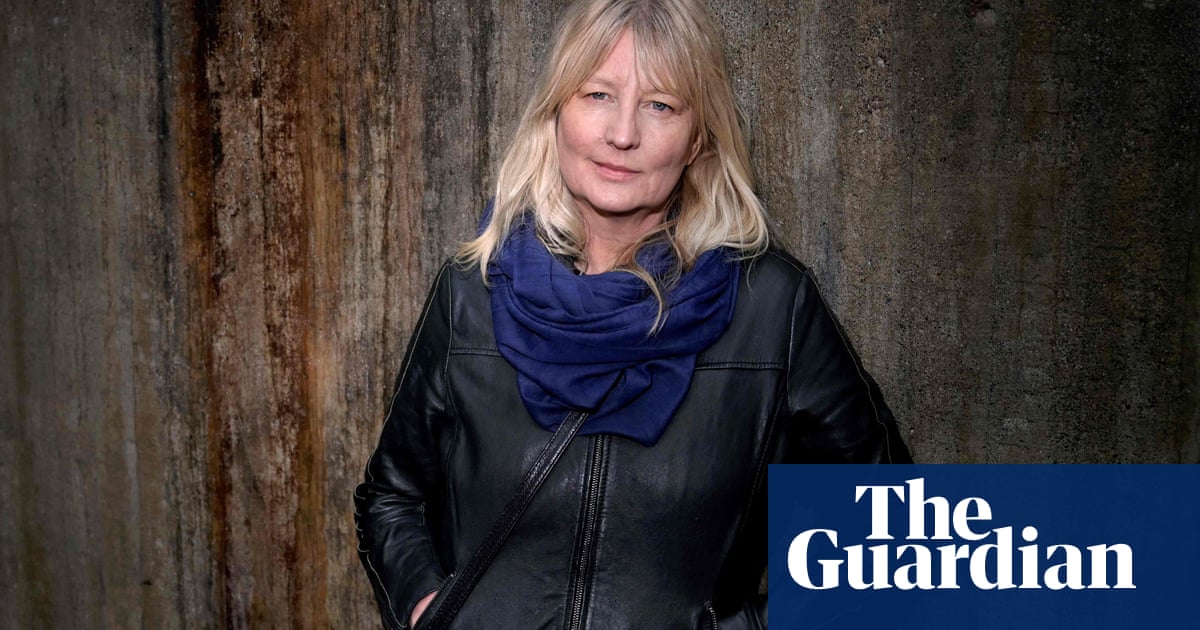
Towards the end of her new book, Beth Macy swaps journalism for advocacy. It’s a relief, in a sense. Few others are as well versed in America’s contemporary story of opioid dependency and the harm it has wrought.
Macy’s previous book, Dopesick, charted the rise of prescription painkillers through the 1990s and early 2000s. It became the touchstone account of a sprawling crisis of corporate malfeasance and regulatory mismanagement that largely eluded the criminal justice system despite killing about a million people.
Raising Lazarus is more personal, and looks more closely at what can be done to solve the opioid abuse mess, even as it morphs away from the pharmaceutical industry mis-marketing that started it.
“At this point, too much attention is focused on stemming the oversupply of prescription opioids,” Macy writes. “We now have a generation of drug users that started with heroin and fentanyl.”
Macy reports on the people, often personally motivated and detached from any official policy response, whose central purpose is to get victims’ voices heard and to achieve accountability from companies and executives behind the flood of opioids, including Purdue Pharma and the members of the Sackler family, in the initial wave of the crisis.
There are familiar figures. Nan Goldin, the photographer-activist who led a campaign to force museums to remove the Sackler name; the lawyer Mike Quinn, who led a campaign for victims’ voices to be heard in the Purdue bankruptcy; and Ed Bisch, an IT worker in New Jersey who lost his son to Oxycontin, who now works to hold the Sacklers accountable.
“Everybody had different goals in mind but the main thing is how to get victims’ voices heard and how to get accountability,” Macy says. “As a society we have made it so hard to hold rich people that break the law accountable.”
Fentanyl manufacturing runs from precursors sourced in India and formulated in China to distribution via Mexico to the US. What used to come in labelled plastic pill bottles with child-proof lids now comes in 50-gallon drums. Last year, fentanyl-related deaths surpassed 107,000, more than double the toll of the early 2000s.
As millions of dollars from opioid-litigation settlements begin to flow to states and municipalities, the question becomes how to ensure such funds are used to address opioid abuse and not – as happened with big tobacco in the 1990s – diverted to unrelated endeavors.
“There are so many communities that haven’t studied the most efficacious way to use it,” Macy says. “The fear among public health experts is that it will go to traditional drug-war modalities and not toward evidence-based care.”
Throughout Raising Lazarus, Macy applies herself to solutions. Given the scale of the problem, there is no magic bullet. Macy consults Richard Nixon’s drug tsar, Dr Jerome Jaffe, architect of the first US comprehensive drug addiction services plan, still working in his 90s.
Jaffe tells her: “It’s not easy to come up with something that’s cost-efficient and easy to scale up, and is both acceptable to the public and to those people that have this problem.”
But traces of a possible solution do emerge, within profiles of heroic activists and pioneers, among them Karen Lowe and the Rev Michelle Mathis, who run North Carolina’s Olive Branch Ministry, the nation’s only biracial, queer, faith-based harm-reduction group.
There is Mark Willis, a state opioid response director and drug court advocate, or Tim Nolan, driving around in a Toyota Prius, ferrying patients to rehab or hospital, handing out syringes and Naloxone, an anti-overdose agent, in truck-stop parking lots or abandoned buildings, to those most at risk of dying.
“I thought, let’s show these people doing heroic things, fighting barriers and stigma, and a lot of the time succeeding,” Macy says. “The stories are inspiring, gritty and interesting.
“You can see what they do and, honestly, it shouldn’t be that cutting-edge care is delivered by a guy in a Prius. But I’m hoping this book puts pressure on federal leaders. President Biden has said he’s behind harm reduction. Well OK, let’s see the money behind that.”
The point is to reach addicts where they are and coax them into care or harm reduction programs involving buprenorphine, or bupe, which has been shown to help reduce fatalities.
Macy asked a group of unionized addicts in Charleston, West Virginia, what would help them best. They told her they wanted an end to police brutality, a place to shower, and friends.
“I thought, ‘Wow, that’s not exactly the solution you’d think would be first, but it is this idea of listening to the people who have been most harmed by this issue.”
At the end of her book, Macy drops the guard of objectivity her profession demands. The tendency to blame the victim endures, she writes – perhaps a legacy of the war on drugs. Macy identifies a “war on Black people and the poor. It’s Old Testament lizard brain. It should be abolished.”
Hulu’s adaptation of Dopesick is up for 14 Emmy awards. That could bring renewed focus to an issue that underlies many of the most intractable US social problems.
“We’ve been blaming the wrong people,” Macy says. “We’ve been blaming the people that Richard [Sackler] wanted to hammer – the abusers. If we can switch the blame to pharma, political enablers and lobbyists then we can begin to have empathy – which is what it’s going to take – to reduce the stigma to actually begin to deliver treatment at a scale to match the scale of the crisis.”












